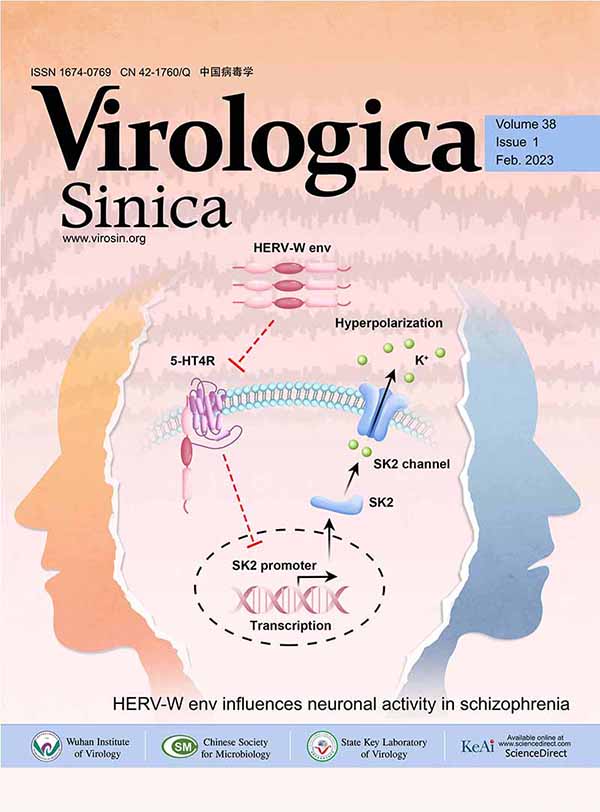Inhibition of Hepatitis B Virus Replication in vitro and in vivo by RNAi
Abstract: In this study, psiHBs was constructed through the backbone of psiRNA-vector to transcribe a small hairpin RNA(shRNA) corresponding to the messenger RNA of the HBV small surface antigen. After transfection of HepG2 cells or Balb/c mice with psiHBs and pHBV1.3, a plasmid containing 1.3-genomic-length replicative-competent HBV DNA, the viral antigens were evaluated by ELISA, Western blotting, or immunohistochemistry and the viral replicative intermediates were detected by Southern hybridization. The data indicated that after transfection of HepG2 cells with pHBV1.3 and psiHBs, the HBsAg and HBeAg levels were reduced by over 90%, and the replicative intermediates in cells were decreased to 10% relative to control. In hydrodynamic injection mouse model, Balb/c mice were co-injected with pHBV1.3 and psiHBs. The HBsAg levels in mice sera were reduced by 80% relative to the control group, whereas the number of HBcAg positive hepatocytes in the mouse liver sections was decreased substantially by 75.1%. Our study showed that shRNA inhibits the HBV replication and gene expression substantially and effectively. The RNAi-based approach might become a pentential and novel tool for medical therapeutics in the future.













 DownLoad:
DownLoad: